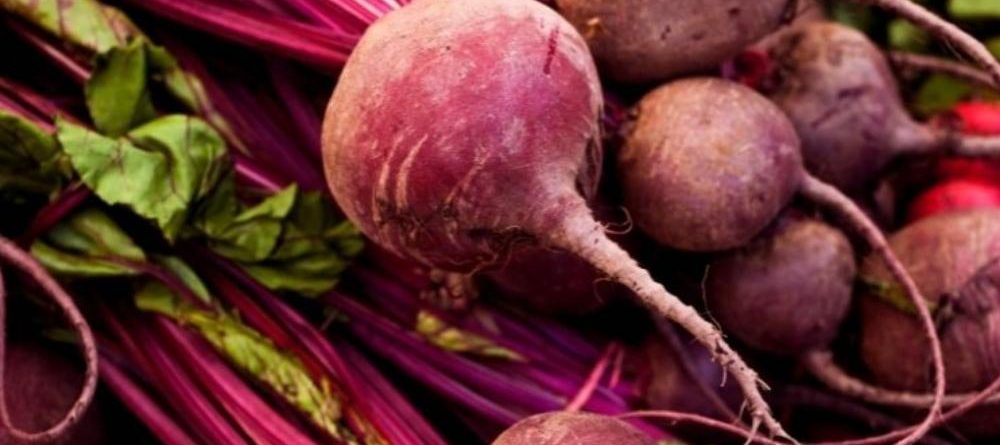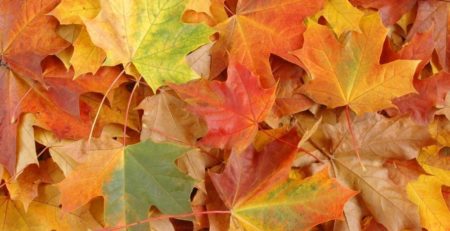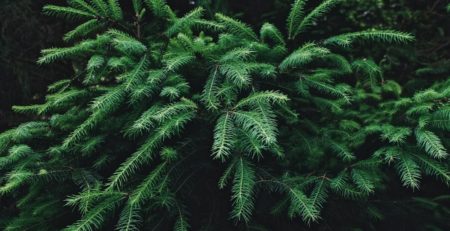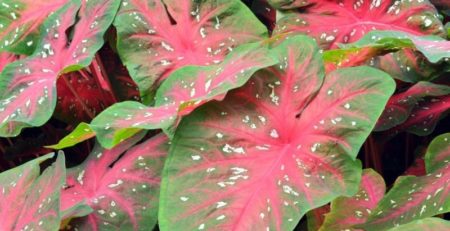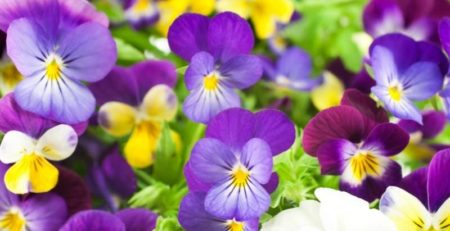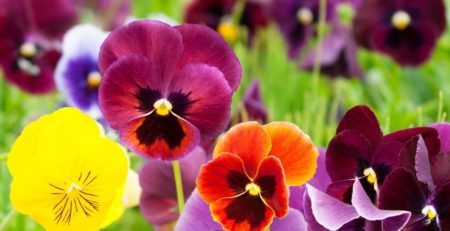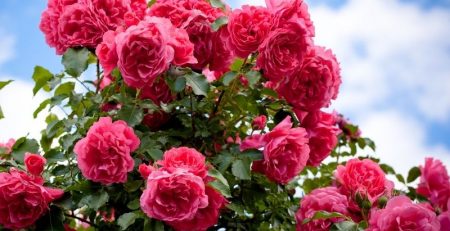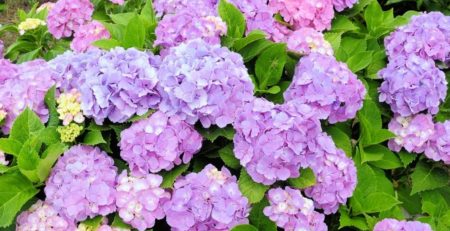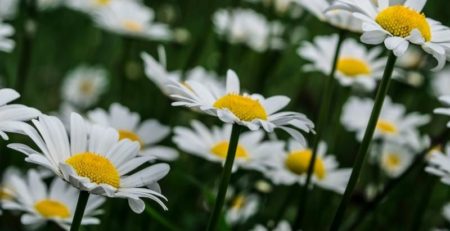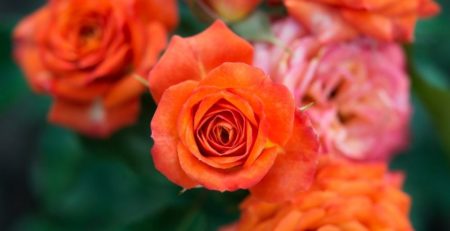September Garden Tasks
And it’s STILL hot! Your plants want WATER!
Planting
- Divide and re-plant spring blooming perennials such as Iris, yarrow, daisies, daffodils, and daylilies (late September to early October).
- Plant chrysanthemums, asters, petunias, marigolds, and other fall color plants.
- Sow wildflower seeds and press into soil surface to improve germination.
- Plant cool season fescue grass (Sept. 1 to Oct. 15), or overseed established fescue lawns, if needed. If desired, overseed Bermuda with winter rye, before mid-October.
- Plant beets, broccoli, cabbage, carrots, cauliflower, cilantro, collards, bush English and snap peas, leaf lettuce, bush lima beans, onion seeds, parsley, radishes, spinach, and turnips for fall harvest. If you don’t plant a fall vegetable garden, sew Elbon rye as a winter cover crop.
- Now is the time to start looking for that new tree you would like to plant this fall.
Pruning
- Avoid pruning spring-flowering trees and shrubs during the fall, as pruning now will reduce spring flowers.
- Continue to cut back spent flowers of annuals and perennials to encourage fall blooming until first frost.
- Trim dead or damaged wood from trees and shrubs, but avoid drastic pruning.
Plant Care
- Fertilize warm season turf grasses for the last time this year if soil test advises to do so.
- Apply a pre-emergent herbicide for cool season grassy weed control. It is also time to apply a pre-emergent for broadleaf winter weeds. Apply both by the end of the month, but do not try to mix products. Then water normally. Do not use a pre-emergent if you plan to overseed your lawn. Watch for brown patch in St. Augustine lawns and control with labeled fungicide.
- Control black spot and powdery mildew on roses with labeled fungicide.
- Treat peach trees for borers if necessary.
- Watch for fall webworms on pecans, mulberries, and other susceptible trees and trim out webs as necessary or treat with appropriate products including Bti.

